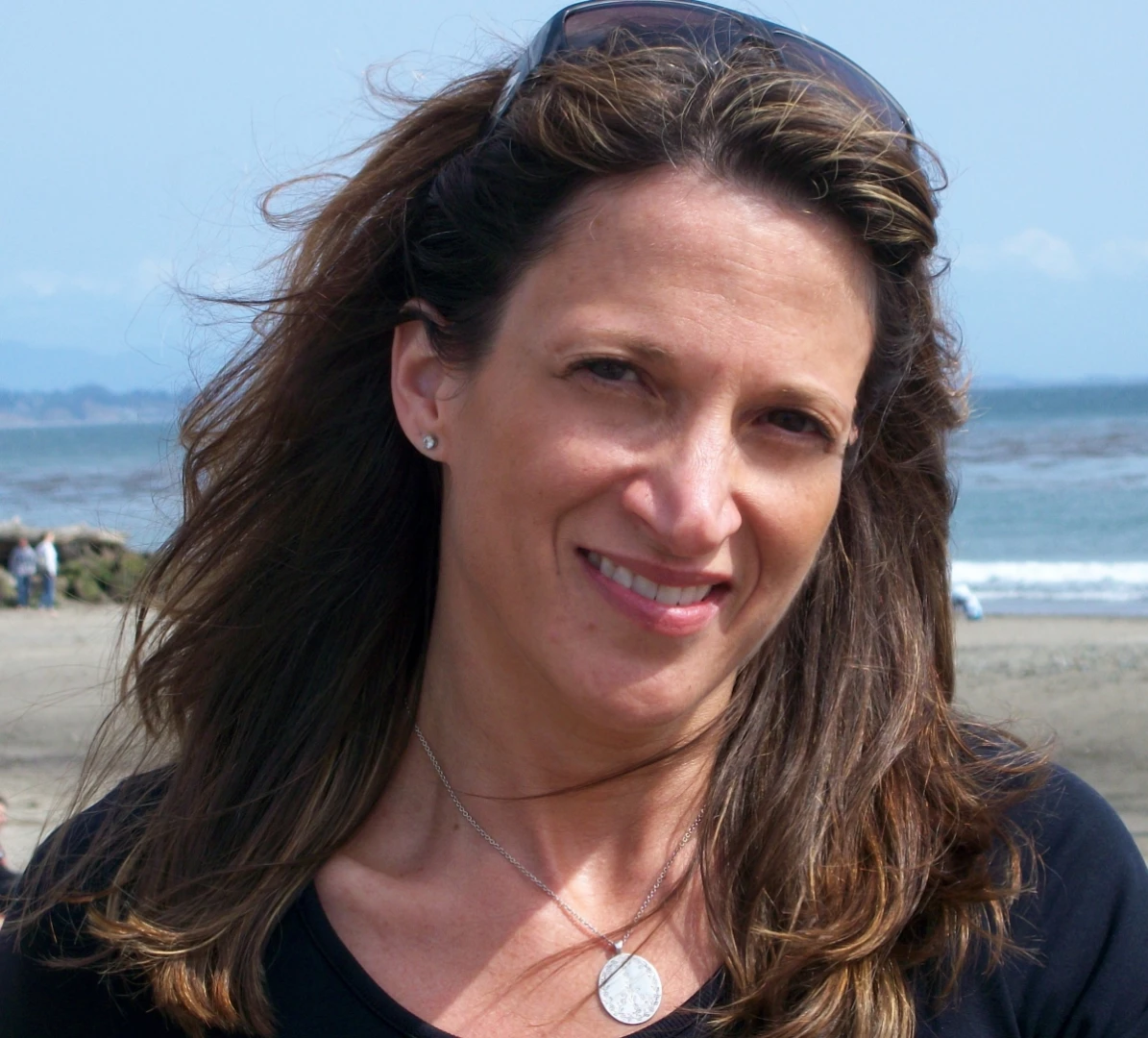Harvard Women’s Health: Frequent Yoga Practice May Curb the Effects of Osteoporosis

Anyone suffering from osteoporotic bone loss can attest to how fear of falling and persistent bone fractures can undermine health, happiness and vitality. Harvard Women’s Health Watch recently reported on a new study by Dr. Loren Fishman and colleagues, which suggests that regular yoga practice may help to curb the effects of osteoporosis by stimulating bone growth.
Osteoporosis/osteopenia refer to a condition in which bone mass is significantly reduced, increasing the risk for serious and potentially life-threatening fractures, particularly among the elderly. Epidemiologal data suggest that over 200 million people worldwide suffer from significant bone loss, including roughly 30 percent of all postmenopausal women and an increasing number of aging men in the U.S. This is important because fractures are often painful and debilitating, with hip fractures increasing the risk for accelerated mortality in older adults.
It is predicted that the incidence of hip fracture will increase by 240 percent in women and 310 percent in men by 2050, making osteoporosis one of the fastest growing diseases. Current pharmacological treatment such as biophosphates are expensive and linked to serious side effects, making the need for accessible, affordable, safe and effective bone loss remedies critical in the coming decades. Yoga may provide one such option.
The study, which was published in Topics in Geriatric Rehabilitation, explored the extent to which yoga practice may help mitigate and prevent the effects of osteoporotic bone loss. Data published were from a subset of 741 internet-recruited individuals were asked to practice a daily 12-minute yoga DVD in addition to providing reports of their bone mineral density (BMD) tests.
The yoga intervention was delivered via DVD and included 12 yoga poses designed to increase bone mass density in the lumbar spine, hip and femur. Poses included Tree Pose (Vrksasana), Triangle (Trikonasana), Warrior II (Virabhadrasana), Side-Angle Pose (Parsvakonasana), Revolved Triangle (Parvritta Trikonasana), Locust Pose (Salabhasana), Bridge Pose (Setu Bandhasana), Supine Hand-to-Foot I and II (Supta Padangusthasana), Straight-Legged Twist (Marichyasana II), Bent-Knee Twist (Matsyendrasana) and Corpse Pose (Savasana). Three versions of each pose were provided. Participants were asked to practice daily and begin with elementary poses then to progress safely to more advanced variations.
To be included in the study participants needed to have had a dual-energy x-ray absorptiometric (DXA) scan no less that six months prior to study onset, blood tests to establish metabolic and endocrine function, willingness to complete a medical history questionnaire, and agreement to continue existing diet, exercise and medication routine.
Of the 741 study participants, 227 (202 women) self-reported practicing at least every other day. Of these, 43 provided pre- and post-study spine (n=27), hip (n=16) and femur (n-14) DXA scan reports for review. As is evident from the sample numbers, some participants provided DXA scans for multiple body regions. Data show clinically significant changes in lumbar spine, total hip and femur bone density. What’s more, there were no reported fractures or serious injuries reported among study participants.
Despite the fact that the data are promising, less than one-third of the study’s participants adhered to the prescribed yoga routine of practicing the poses at least every other day, and a mere 43 submitted complete actual DEXA reports at the beginning and end of the study. Harvard Women’s Health Watch was quick to note that these results do not provide conclusive evidence that yoga can reverse bone loss. “It gives one a reason to be cautiously optimistic, but a more complete study should be done,” comments Dr. Marian Hannan, professor of medicine at Harvard Medical School.
Although the mechanism by which bone density changes occur is yet to be understood, these results are good news for those with or hoping to prevent bone loss. There are also a number of other benefits of yoga for aging adults including increased strength, flexibility, proprioception and postural control, as well as reduced fear of falling. As always, speak with a physician and consult with a highly trained yoga instructor to determine what type of yoga practice is best for you.

B Grace Bullock, PhD, E-RYT 500 is a psychologist, research scientist, educator, yoga and mindfulness expert and author of Mindful Relationships: 7 Skills for Social Change. Her mission is to reduce stress, increase health and well-being and improve the quality of relationships. She offers classes, workshops, writing and research that combine the wisdom of applied neuroscience, psychophysiology, psychology and contemplative science and practice. Her goal is to empower individuals, groups, leaders and organizations to reduce chronic stress and increase awareness, attention, compassion, mindfulness and effective communication to strengthen relationships, release dysfunctional patterns and unlock new and healthy ways of being. Dr. Bullock is also the Founding Director and Principal Consultant of the International Science & Education Alliance, an organization devoted to exceptional research, program evaluation, assessment design, strategic planning and capacity building to support equity, programmatic diversity and scientific integrity, and promote effective leadership, decision-making and social change. Bullock is a Certified Viniyoga Therapist and Faculty at the Integrated Health Yoga Therapy (IHYT) Training program. She is the former Senior Research Scientist at the Mind & Life Institute and former Editor-in-Chief of the International Journal of Yoga Therapy. For more information see www.bgracebullock.com.
Sources
Lu, Y., Rosner, B., Chang, G. & Fishman, L.M. (2015). Twelve-minute daily yoga regiment reverses osteoporotic bone loss. Topics in Geriatric Rehabilitation. DOI: 10.1097/TGR.0000000000000085


